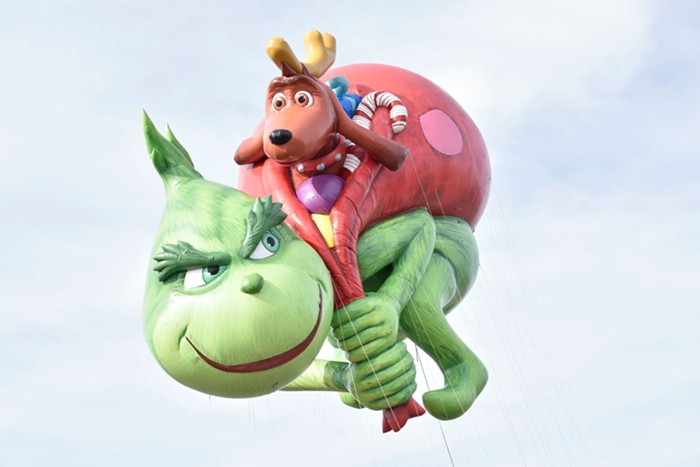WILLY VLAUTIN'S THE MOTEL LIFE is a great book. Can we just leave it at that?
No? Well, okay, then.
Willy Vlautin's The Motel Life is a great book, and it does not make a particularly good movie.
The book, written by local author Vlautin and set in Reno, reads like a grown-up version of The Outsiders: an implausible storyline, at once hard-edged and sentimental, that works because the narrative voice is strong and the characters are easy to root for.
The story follows two adult brothers who've been on their own since the death of their mother. They made it to adulthood, but these days they're hard-drinkers with slim prospects. When older brother Jerry Lee accidentally hits and kills a kid with his car, then shoots himself in the leg as a kind of punishment, younger brother Frank swoops in to the rescue. Determined to keep Jerry Lee out of prison, Frank busts him out of the hospital and takes him on the road. There is a giant gunshot wound in his brother's leg. It is clear from the outset that this plan will end badly. Through it all, Frank keeps his brother's spirits up by telling elaborate stories that frequently involve them having heroic sex in exotic locales.
While the book feels seedy—and at times dangerous—a strong waft of whimsy hovers over the film, thanks in large part to animated sequences in which Frank's stories are rendered in black and white. As Frank, Emile Hirsch's baby face is too open and pretty for the heavy-drinking, hard-edged kid he's supposed to be. (Stephen Dorff plays the older brother, and he mostly grimaces, which he's fine at.) And while a bit of narrative intrigue comes in the form of Frank's ex, played by Dakota Fanning, the film's conclusion is rushed, which is particularly irksome considering how tedious the rest of it is. In other words: Read the book.



















